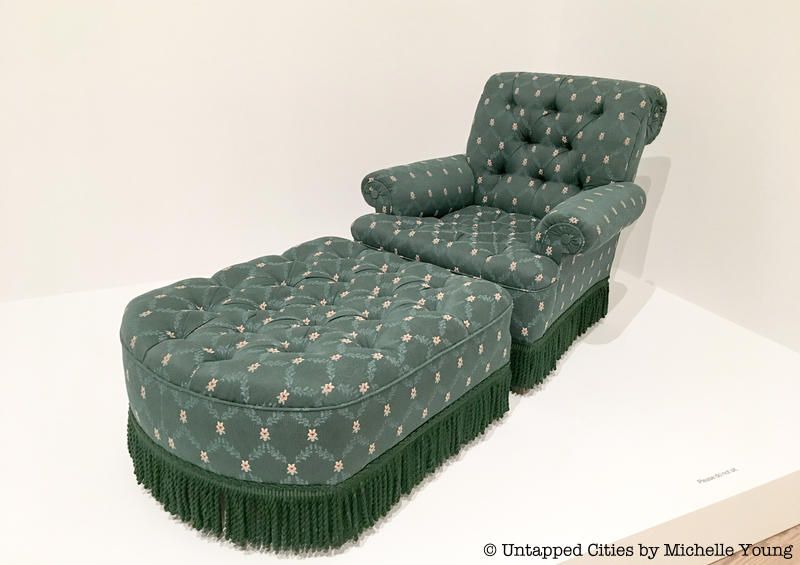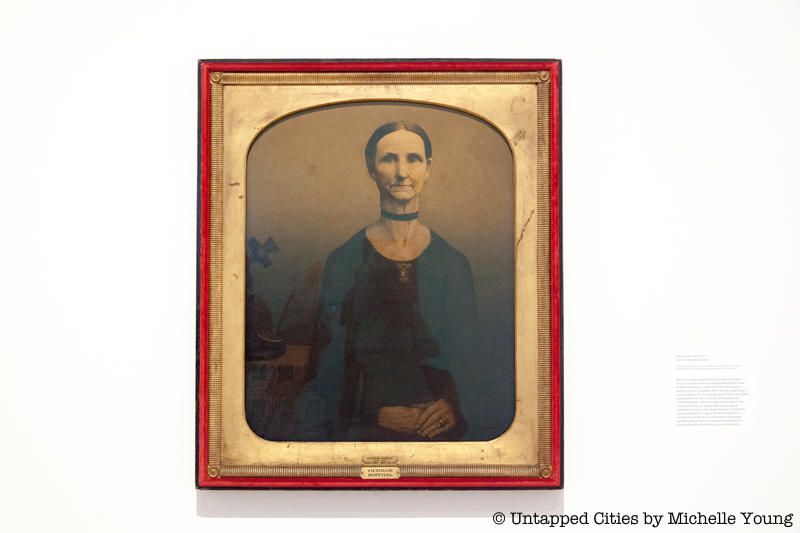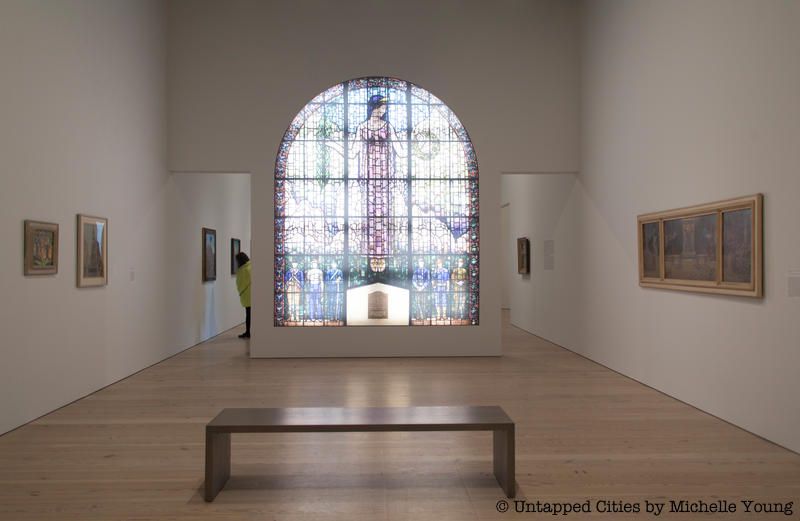How to See the Liberty Bell...in Queens
A copy of the famous American bell can be found inside a bank, which itself is modeled after Independence Hall!


American Gothic is one of the country’s most iconic and recognizable works of 20th century art, and from March 2nd to June 10th, 2018, the painting will be on exhibit at The Whitney Museum of American Art. The painting is in the collection of the Art Institute of Chicago, which “almost never lets American Gothic leave their museum,” said Adam D. Weinberg, Alice Pratt Brown Director of the Whitney Museum of American Art at the press preview today.
The portrait of a Midwestern farm couple, with the man holding the pitchfork staring right at the viewer and the woman looking slightly askance, has been appropriated and re-appropriated countless times, often used to define a lost yet quintessential Americana or, as the Whitney Museum writes, “the unresolved tensions of the American experience.”
This is perhaps even more prevalent today, as the country navigates what exactly it means to be American, making it timely for The Whitney Museum to host a retrospective of the painter. In fact, as Weinberg described today, Wood was painting in “pretty tough moment and maybe not so unlike the moment we are in today,” working in an era “grappling with aftermath of economic meltdown and [the Great] Depression period going right into Second World War.”

If you’re thinking that Grant Wood is not a name nearly as a familiar as the painting, you aren’t alone. Wood’s identity has been subsumed under the fame of his work in the last 88 years since American Gothic debuted in 1930. As Weinberg describes, “A lot of people don’t know who exactly Grant Wood is and then I show them American Gothic and they ask “Did he do anything else?” Now is the chance to re-explore this key 20th century artist at a retrospective only to be presented at the Whitney Museum only.

Corn Cob Chandelier
The diverse works included in the exhibit include a Corn Cob Chandelier, a lounge chair and ottoman, The Midnight Ride of Paul Revere, and the stunning Spring in Town. There are many rooms and pieces to explore, beyond American Gothic. As curator Barbara Haskell stated at the press preview, “Grant Wood’s work is very timely,” addressing “American identity, looking at the past to define some sense of how to deal with the present,” and while the show uses the conflicts of Wood’s era as a “springboard to the discussion of those questions, what we’ve discovered in mounting the show is the enduring power of his work goes beyond the sense of American identity” and addresses a more “underlying psychological dimension…It’s certainly more than a window onto the past..”

In the exhibition, you’ll learn that surprisingly, American Gothic is actually a painting of a father and daughter, not husband and wife, as commonly assumed. The actual figures were modeled after Wood’s sister, Nan, and his dentist. The curators take special note of the architecture of the house behind the figures, which includes a “lone ‘gothic’ window, typical of the then-popular Carpenter Gothic style of architecture, in which gothic elements are used in otherwise simple, modern wood structures.”
The museum took clues from Wood’s own writing to reveal the inner man that created these works, which he himself hoped would be timeless and universal. As Haskell states, he experienced adulthood through the lens of his own early experience on a Quaker farm and his paintings evince a “nostalgia for a mythic, imaginary world,” a world that existed only in his imagined memory. As one of his longtime friends later stated, Wood’s work concealed a troubled life.
 Painting made to look like daguerrotype photograph, with telephone in background
Painting made to look like daguerrotype photograph, with telephone in background

Haskell says that Wood’s work contains an “ambiguity between a bucolic elegiac world and a sense of solitude, estrangement, disquiet, an apprehension that runs through it is never reconciled. We as viewers are mesmerized in front of these canvases whose meaning we are trying to figure out. We’re held in hypnotic trance, trying to decipher the puzzle of this pictures that seem so ambiguous.”
Next, check out the Top 10 Secrets of the Whitney Museum of American Art.
Subscribe to our newsletter